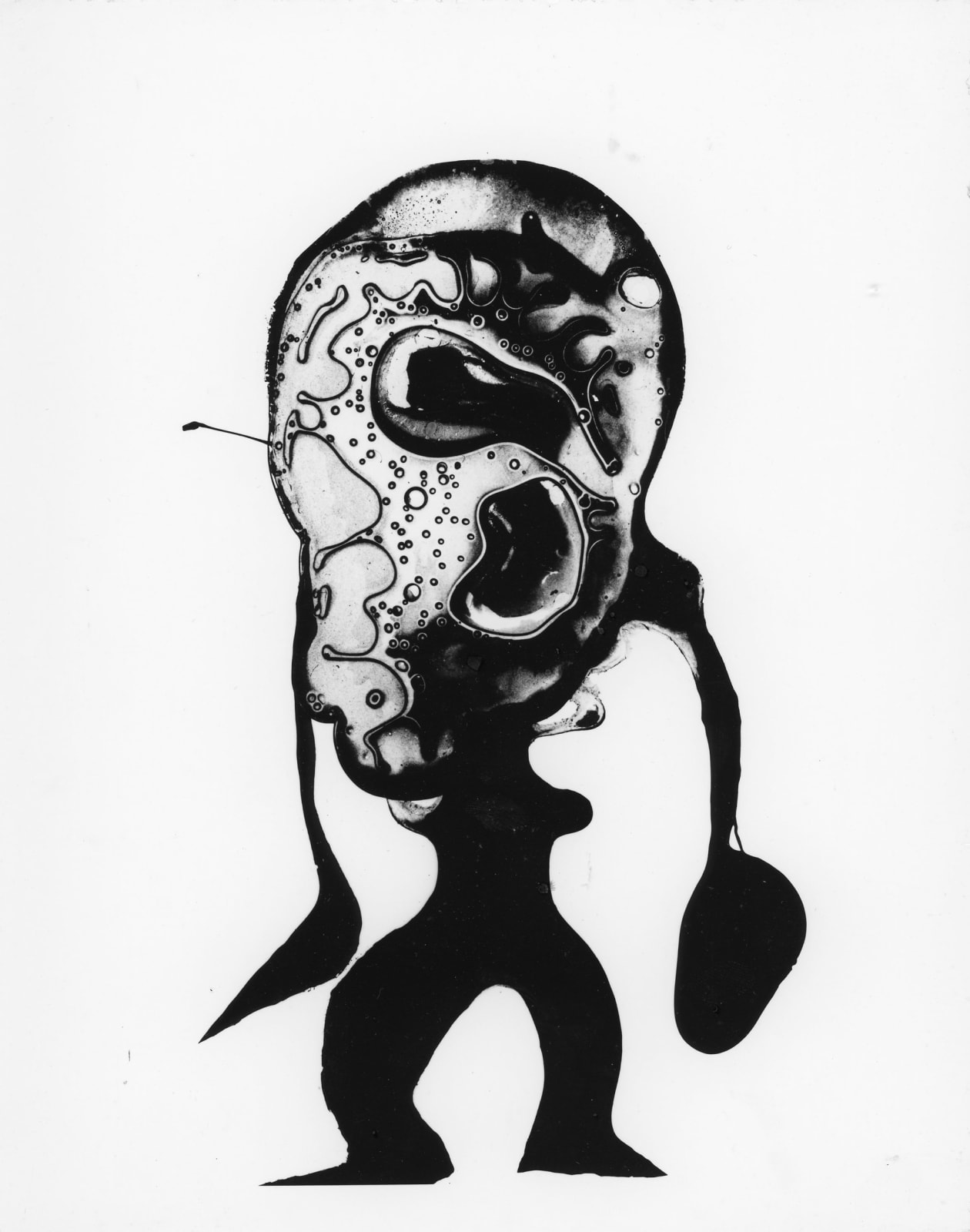
Masatoshi Naito
Literature
Born in Tokyo in 1938, Naitō Masatoshi graduated from Waseda University in applied sciences and trained as a research scientist. A keen interest in the folkloric traditions of Japan led him to pursue a career in photography. His work on the ethnological customs of the region of Tohoku became the focus of his seminal series, Ba Ba Bakuhatsu (Grandma Explosion, 1970).Early on in his career, Naitō photographed the mummies of Buddhist priests who had died fasting for the salvation of starving farmers in Dewa Sanzan and started making photographs that focused on the folk religions and ethnology of the Tōhoku region. In this body of work, Naito portrays female shamans, itako, who invoke the spirits of the dead. Female Shamanism was formerly a widespread phenomenon within Japan, however it is limited today to this region where the more esoteric sides of Japanese folk religion are still practiced. The female shamans photographed are celebrating death, exuberantly mourning the dead by performing celebratory rituals and dancing all night to evoke the spirits of the deceased. Naitō pays homage to this time-old tradition with his bright flash, graphically illuminating the characters he depicts. He observed: "The vitality of women comes from the earth. They embrace everything like goddesses and the title Ba Ba Bakuhatsu came to my mind naturally." Naitō revisited similar themes in Tōno Monogatori (1983), in which he followed in folklorist Yanagita Kunio’s footsteps to explore the sacred Tōno region. Naitō's images endow people and objects alike with a mystical aura, weaving ancient tales into contemporary photographic narratives.
Naitō received the New Artist Award from the Japan Photo Critics Association and a Domon Ken award. He was invited to participate in New Japanese Photography at The Museum of Modern Art, New York, and included in the Barbican’s exhibition, Beyond Japan.